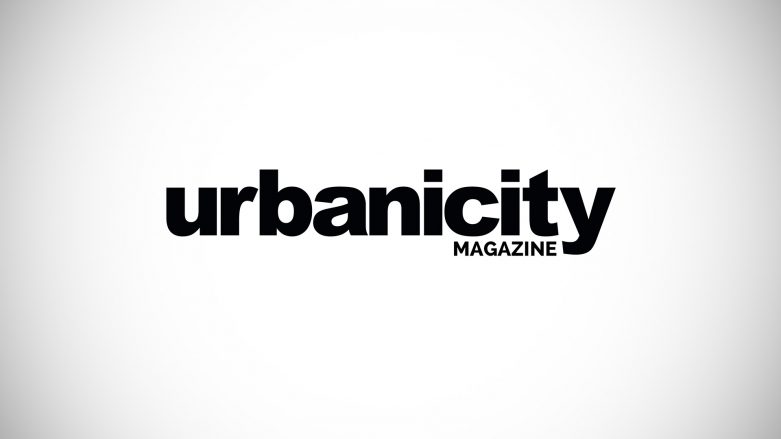
Taxi vs. Uber
- Joel Arndt
- 07 Jun 2016
Driving an unbalanced playing field
There is some tension around Uber’s recent entrance into the Hamilton transportation scene. But how much are these concerns grounded in fact, and how much are they simply a fear of the new and unknown?
Hamilton City Council doesn’t need to create an equal playing field for Uber and taxi companies. Uber changed the game by eliminating the dispatcher and license plates as a commodity. All Hamilton needs to worry about is keeping riders safe and making sure that Uber, as a corporation, isn’t exploiting drivers or riders.
Uber is slippery in its dealings with municipalities. It barges into cities, using social clout and a lot of money to get its app onto phones. It creates irresistible incentives for new drivers. More cars on the road means more service muscle and a larger grassroots political force. All Uber has to do is send an email to riders and drivers saying, “Save Uber!” and it has created a movement that is almost 13,000 strong in Hamilton.
Uber’s viral reach makes marketers drool. But it’s not political power or corporate bank accounts that make this brand infectious. Uber has consciously become everything taxis are not. Its system promotes friendly customer service, accountability, and easy payment. Drivers don’t have to worry about lease payments or dispatch fees, and the Uber app tells them whether the next passenger is trustworthy.
When you ride in an Uber car, you rate the driver after your trip. The driver also rates you as a passenger. Drivers can see a passenger’s rating and passengers can see a driver’s rating before the trip begins. If drivers have a rating below 4.6 / 5, Uber will suspend them. This kind of accountability is unparalleled in taxi companies.
In contrast, it took a tribunal to suspend Jaspal Gill’s taxi license last October. He operated under Hamilton Cab with 48 cars, but his cars weren’t meeting safety standards. In fact, Hamilton Cab dropped any association with Gill, driving him out of business. He had a history of safety violations dating back to 2013. Safety and insurance regulations are needed for Uber drivers, but the rating system carries more power than the regulators. If a rider feels unsafe, the driver’s rating is in jeopardy.
Payment can be an awkward experience in taxis as well. Taxi drivers can get pushy about tipping. Tipping doesn’t exist in Uber. Unfair to the driver? Uber takes 20% + $1.50 from each fare. Drivers keep the rest. Tips aren’t necessary. Payment doesn’t even happen in the car. It’s all done through the app. Drivers know they’re getting paid.
Taxi drivers have struggled to keep union representation in Hamilton. In fact, Hamilton Cab voted to drop out of the Ontario Taxi Workers Union in March. Meanwhile, Uber is paying for its drivers’ legal fees if they get charged by the city. Sure, Uber has ulterior motives, but you can’t argue its dedication to the rider’s AND the driver’s experience.
Ejaz Butt tried to stand up for taxi drivers. He was a driver and founding president of the Ontario Taxi Workers Union. Yet after he retired, Butt drove for Uber and loved it. He told the CBC in December that he wished Uber’s system existed 30 years ago.
Uber is playing a much different game than taxis. That doesn’t mean we let them off the hook as a corporation. But don’t penalize drivers and riders for the progress the ride- sharing upstart is imposing on the world.
Keep people safe. Let them have the service they want. Uber will happily pay its dues. But there is no level playing field when two different games are being played.

Comments 0
There are no comments


Add comment